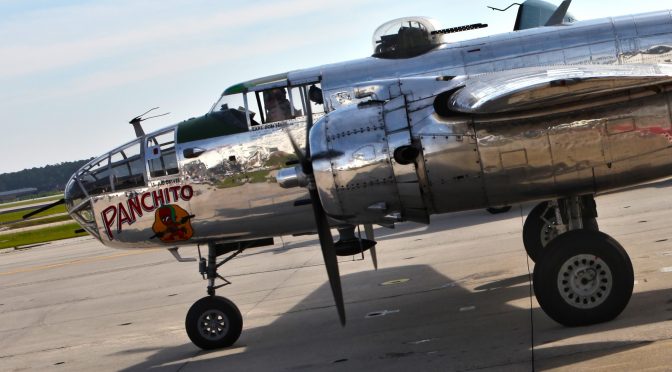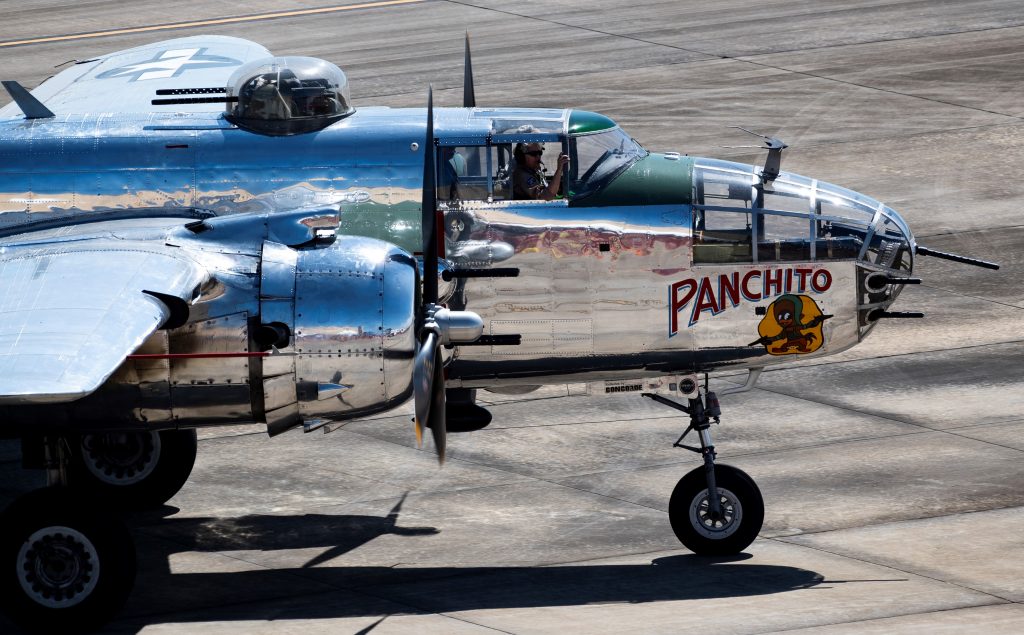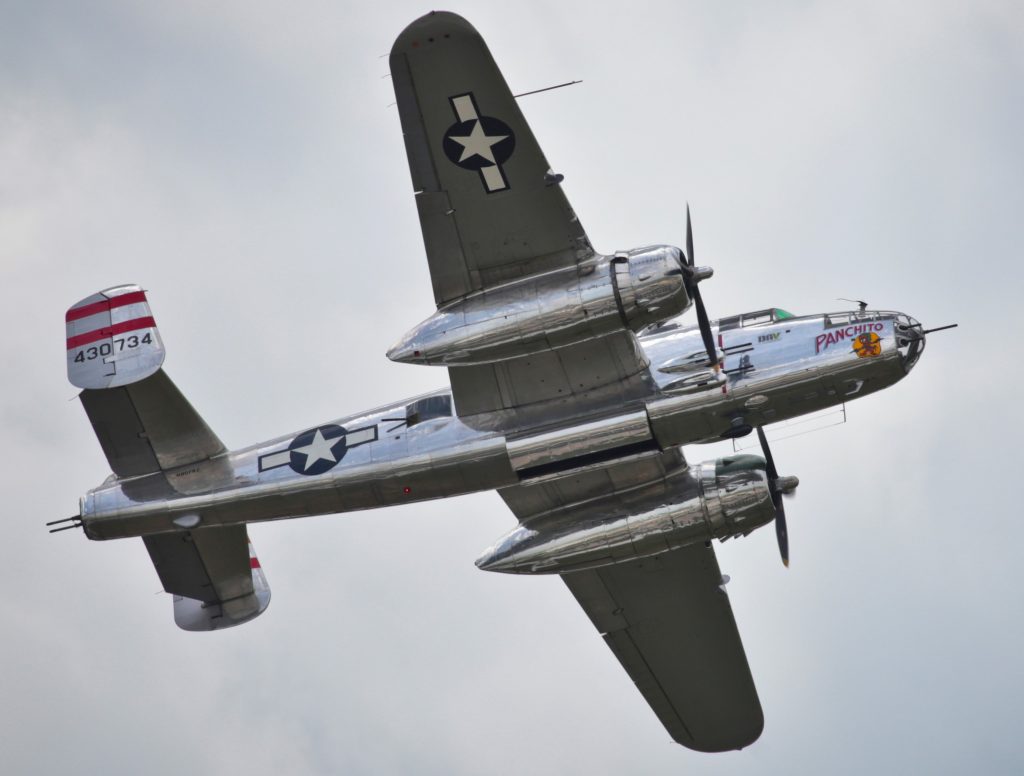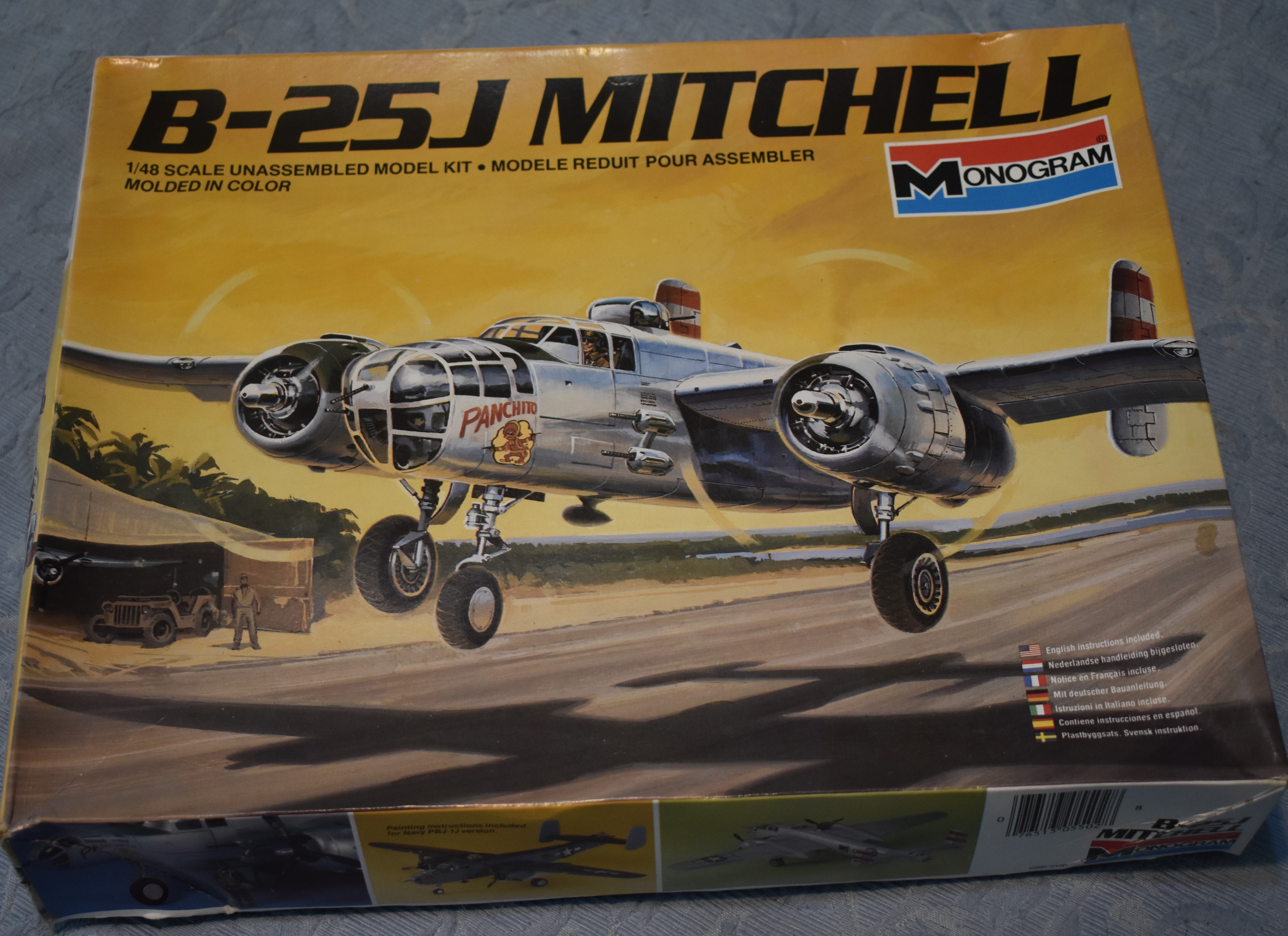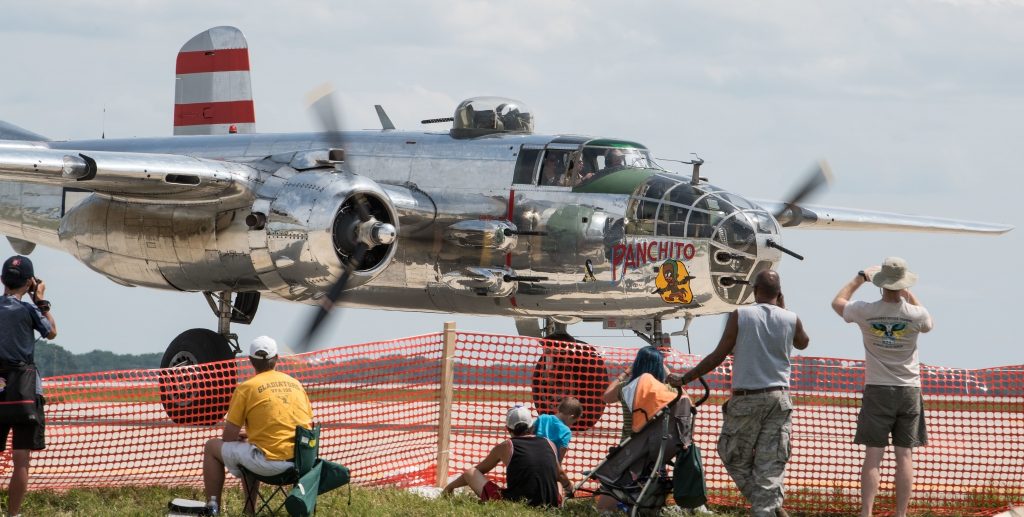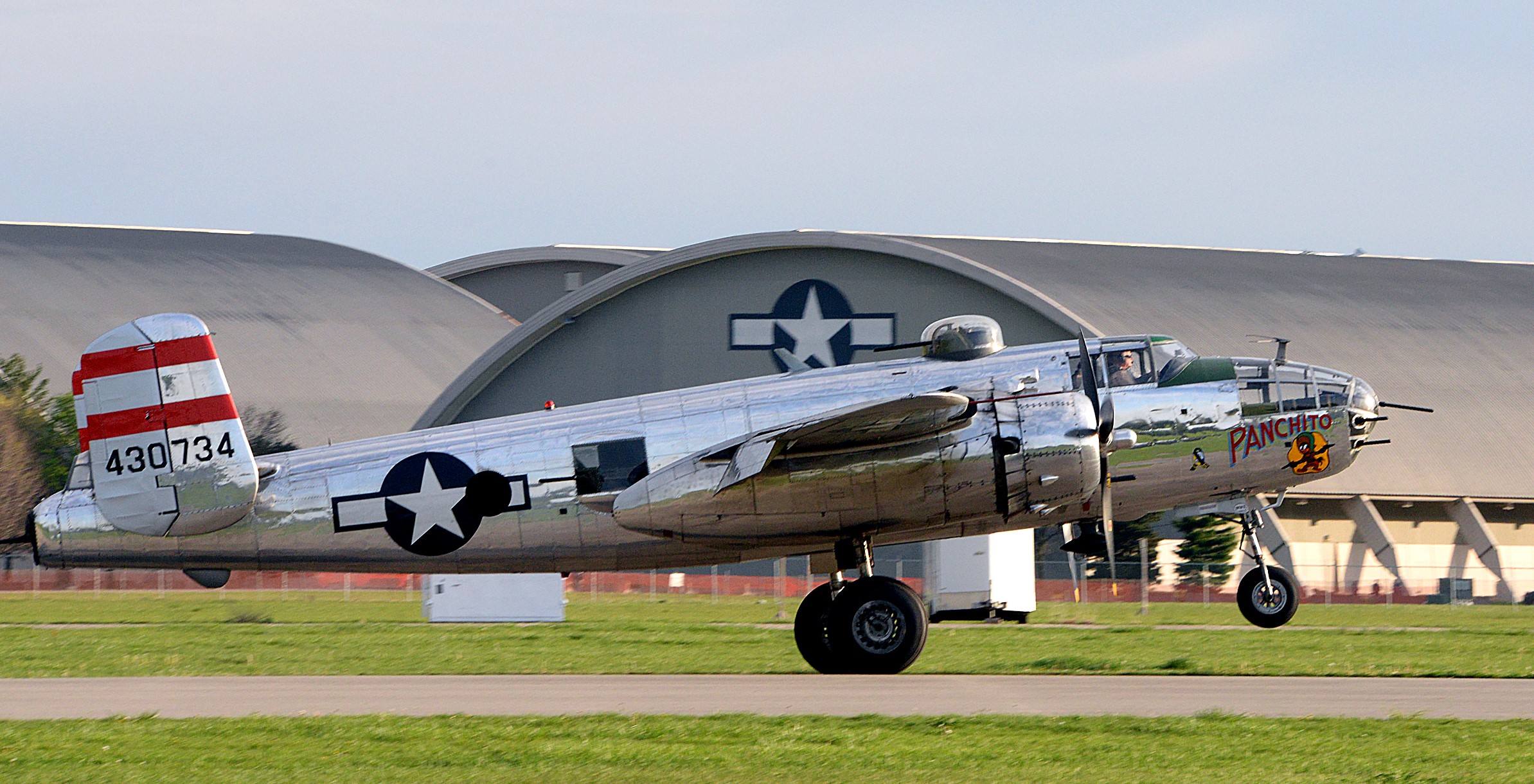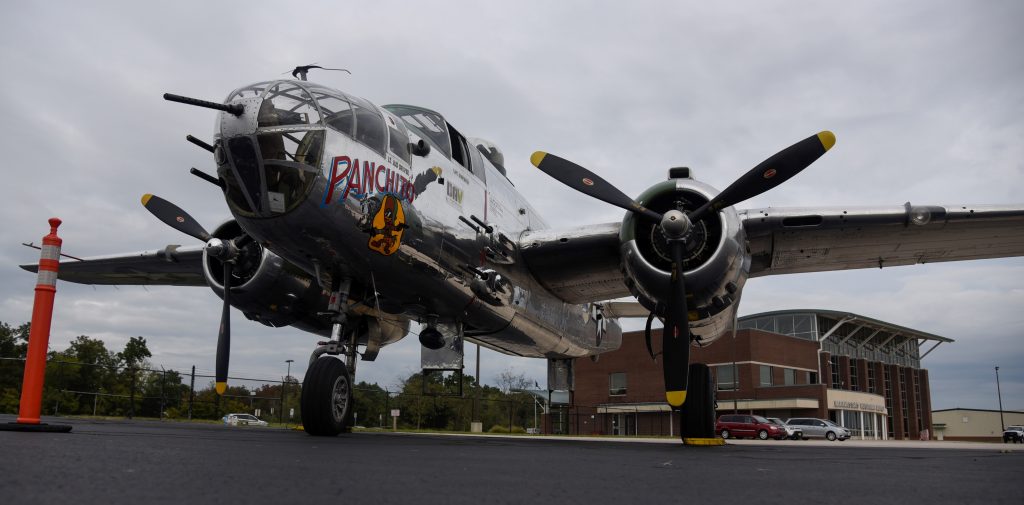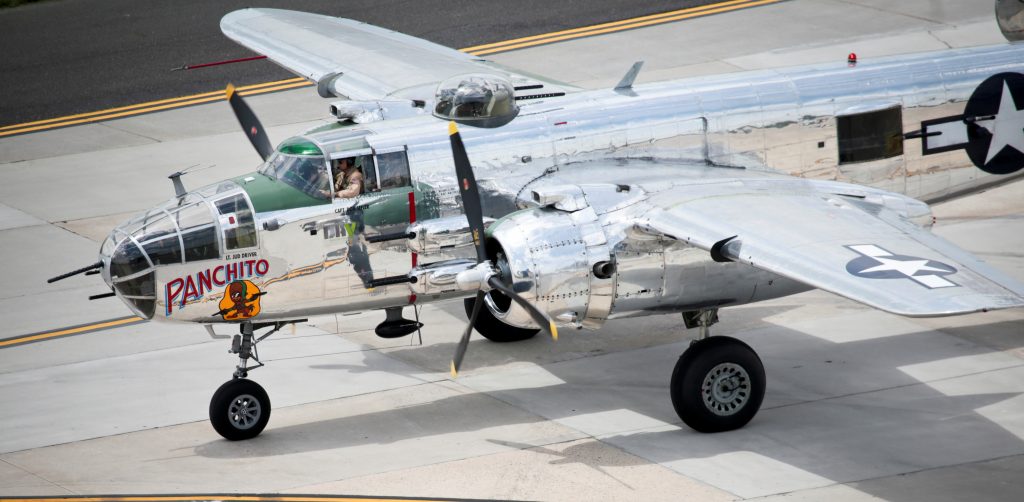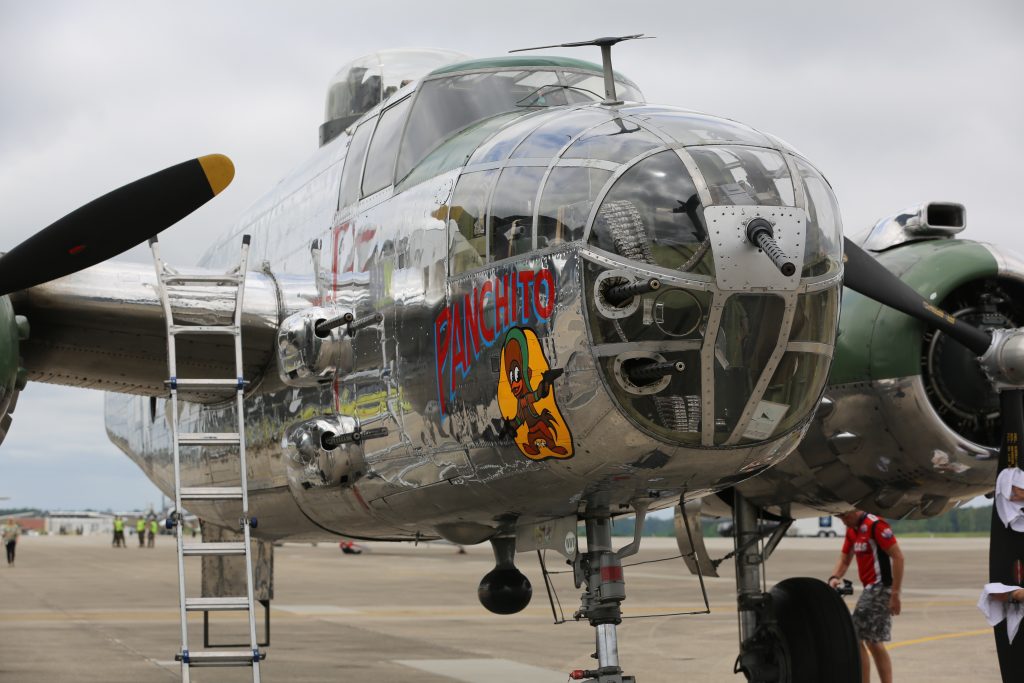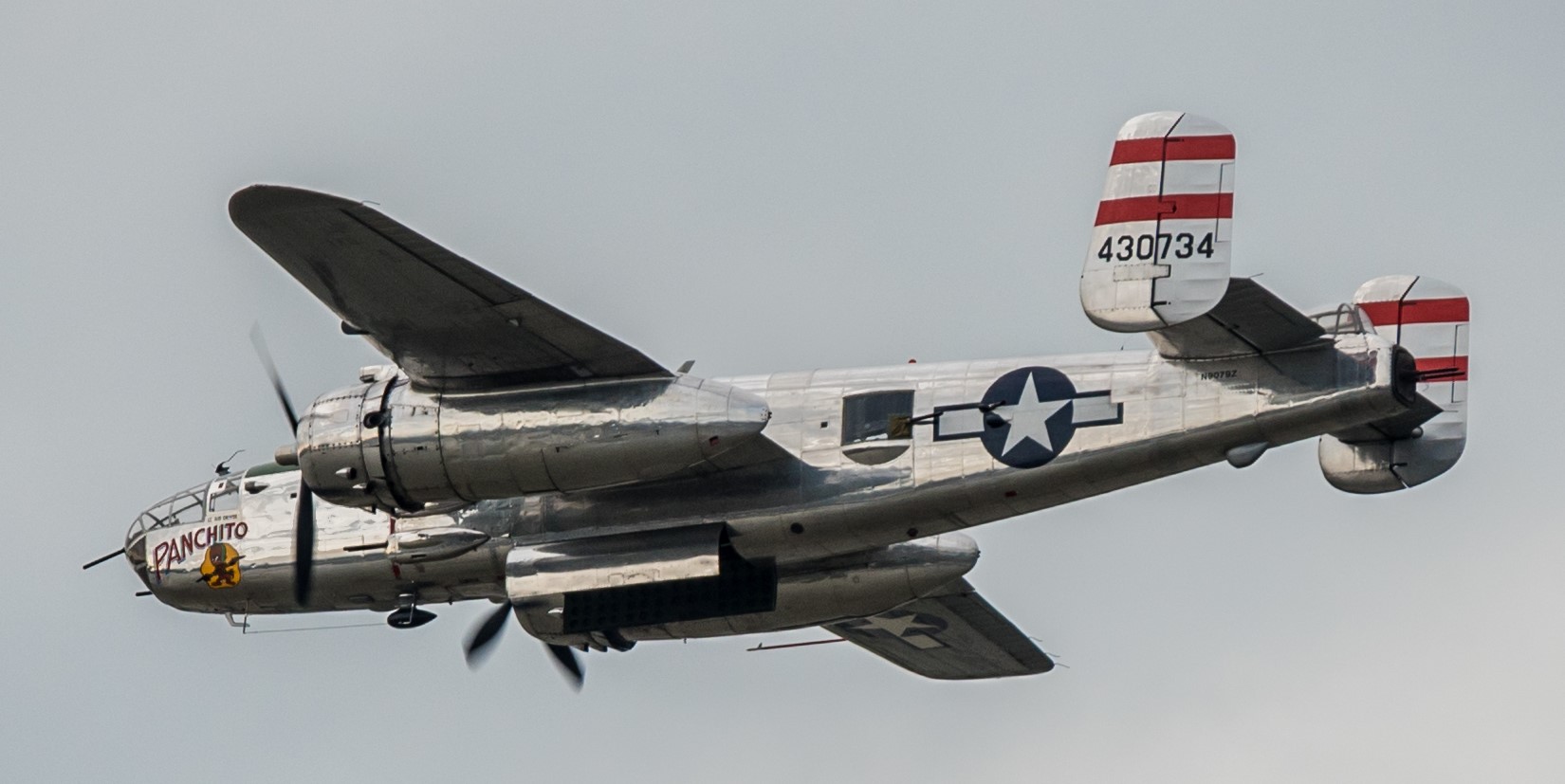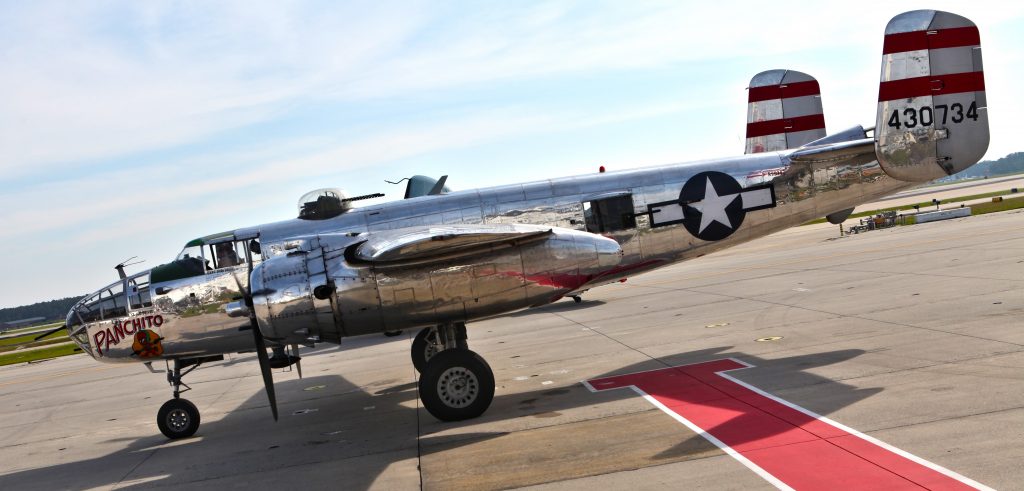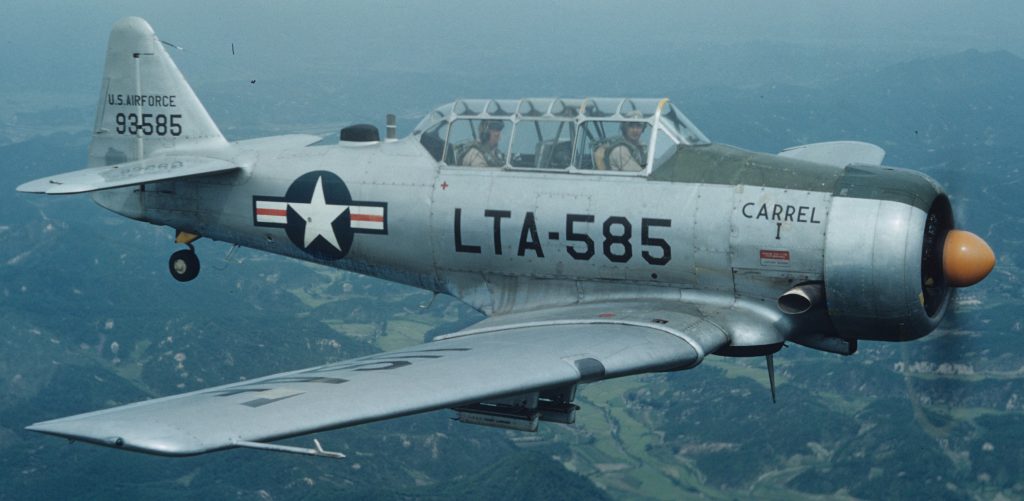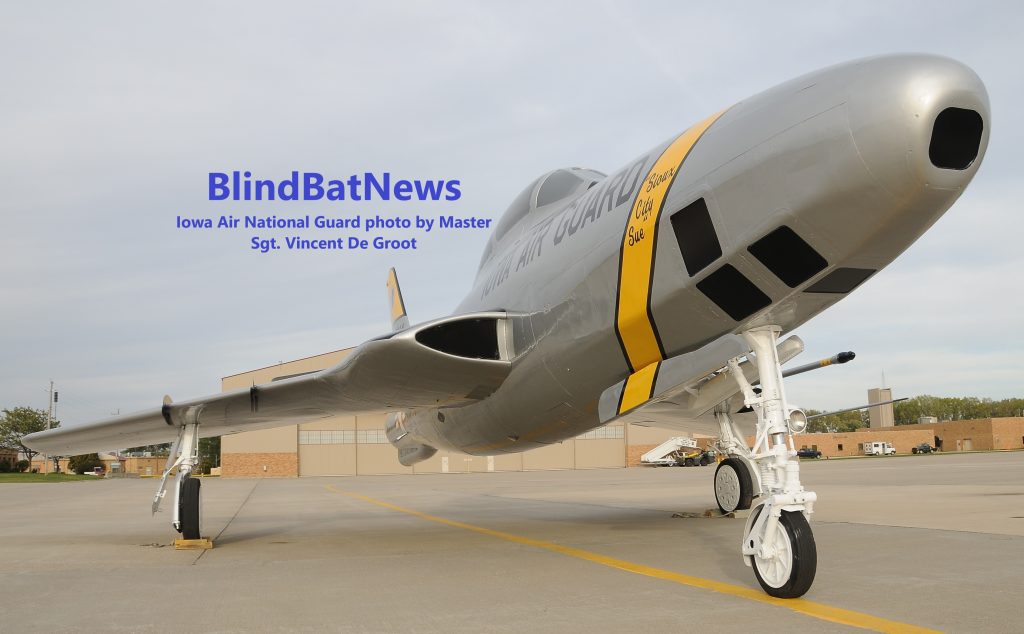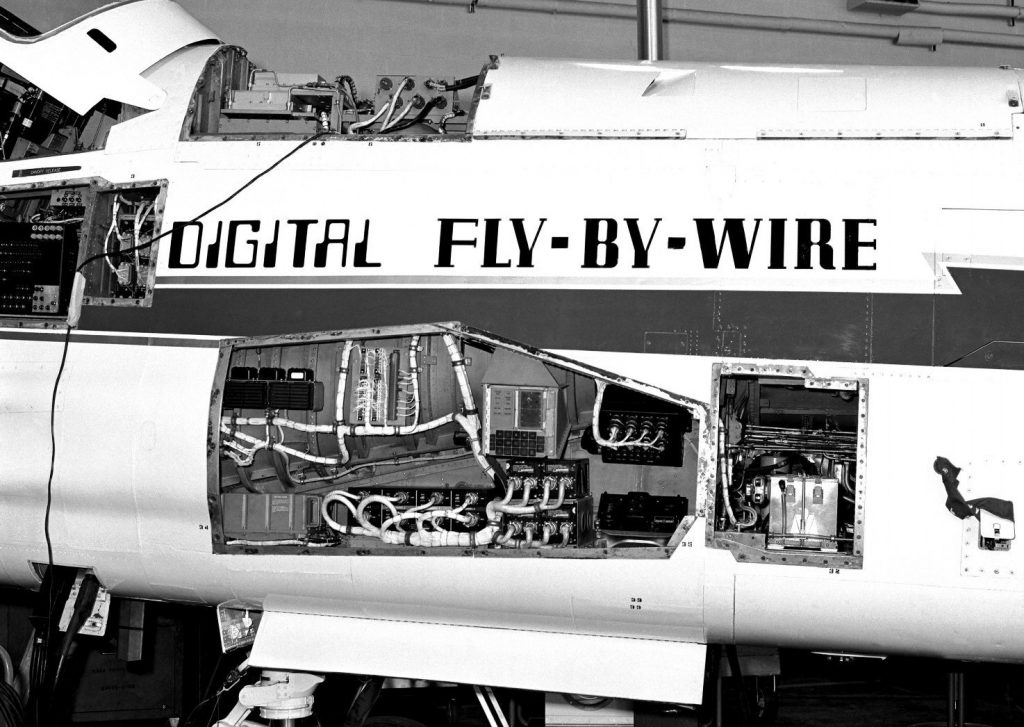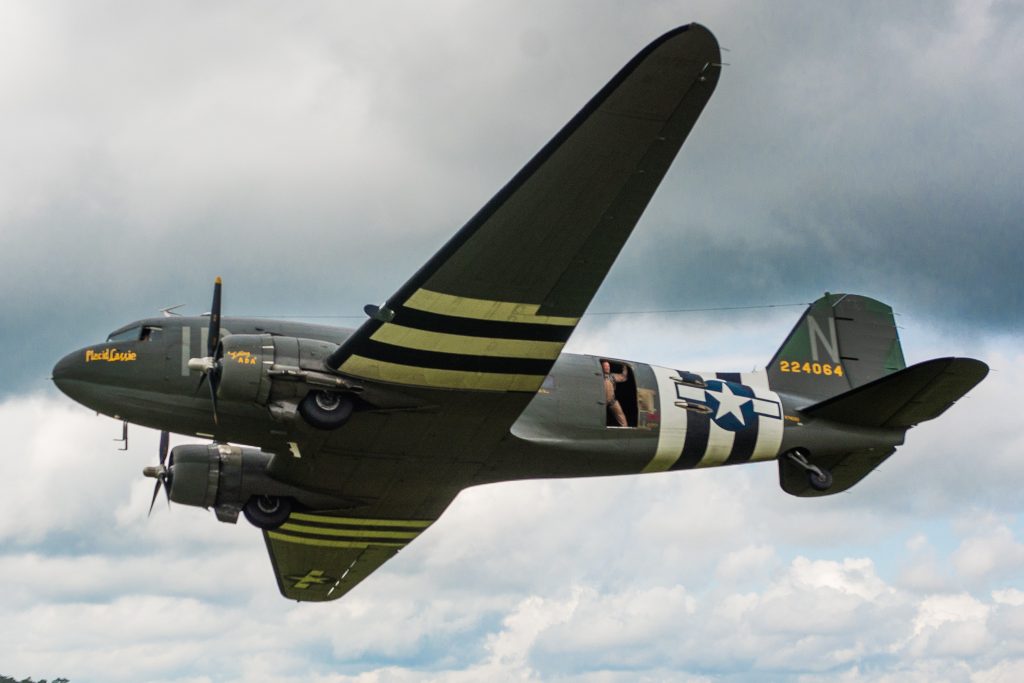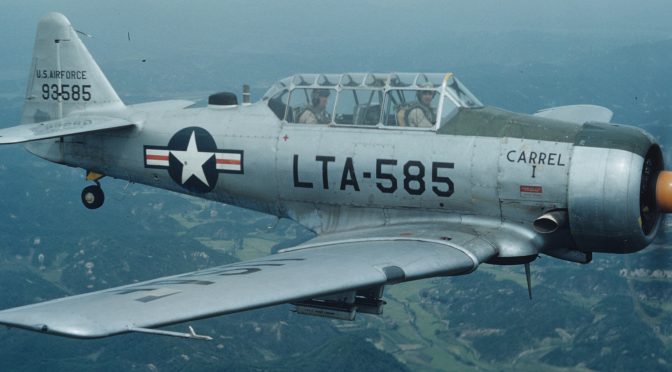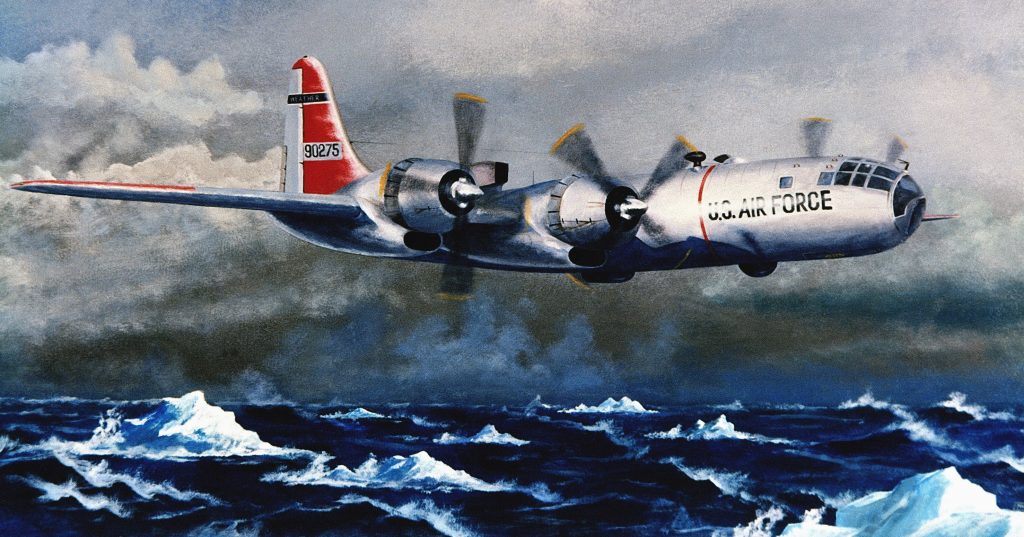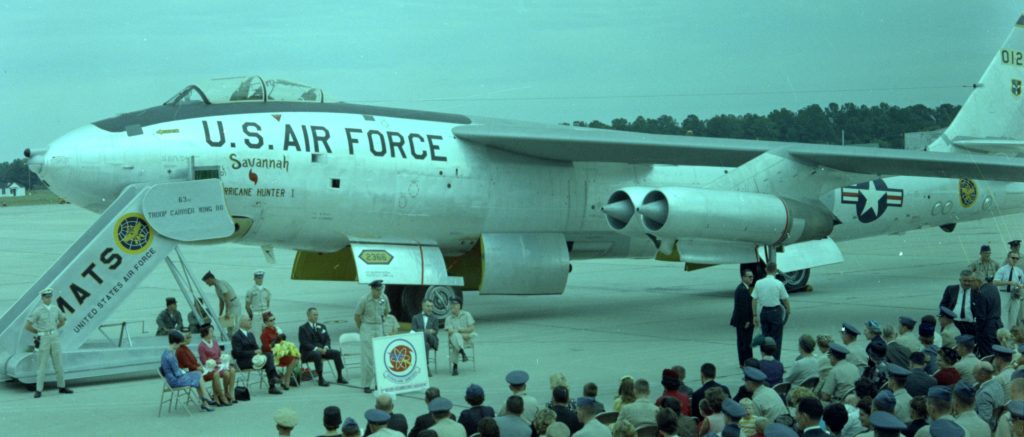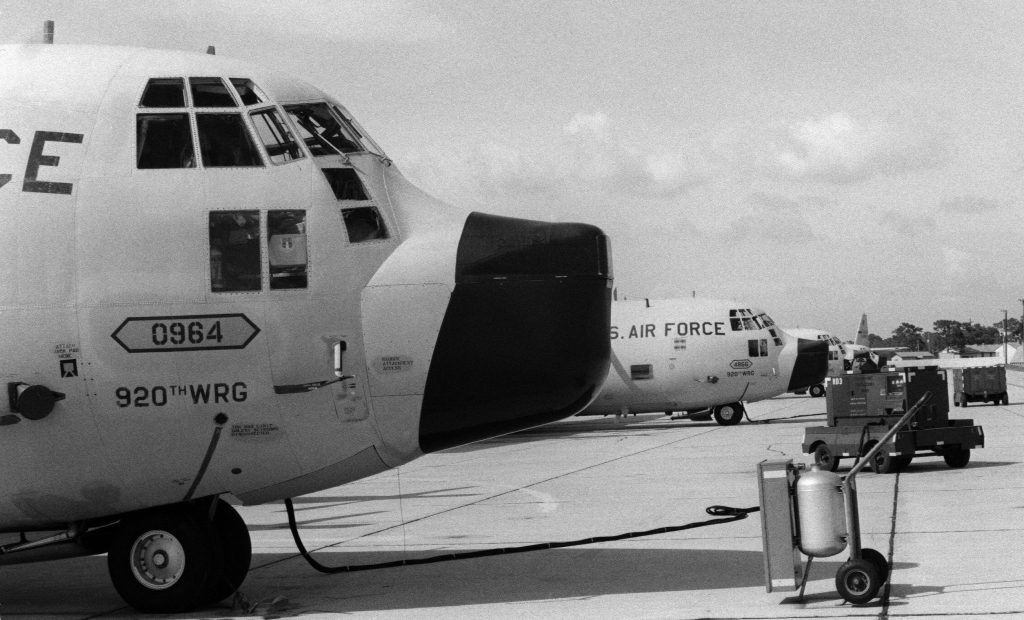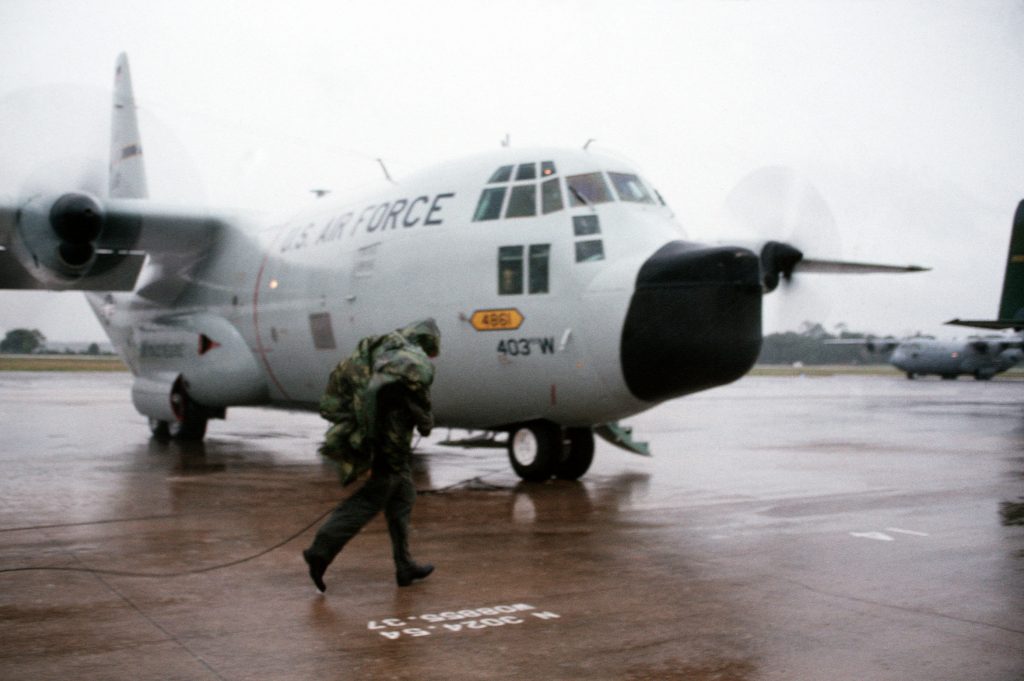U.S. Navy photos by Petty Officer Second Class Jessica Blackwell, Petty Officer Second Class Kenneth Rodriguez, Petty Officer Third Class Christina Ross, Petty Officer Third Class Wesley Richardson, and Seaman Jaimar Carson Bondurant.

To celebrate the 75th anniversary of the end of World War Two, in the Pacific, the United States military is assembling surviving WW2 aircraft at Pearl Harbor (aka Joint Base Pearl Harbor-Hickham), Hawaii.
 Most of the airplanes were sailed-in aboard the USS Essex-LHD 2. Video by Petty Officer Second Class Kenneth Rodriguez:
Most of the airplanes were sailed-in aboard the USS Essex-LHD 2. Video by Petty Officer Second Class Kenneth Rodriguez:
 Some of you might say that the low-wing twin-engined aircraft, parked next to the PBY Catalina, is not from World War Two, and you’re correct. The USS Essex was also delivering a C-12U Huron to the Hawaiian Air National Guard. Hawaii Air National Guard photo by Technical Sergeant Andrew Jackson.
Some of you might say that the low-wing twin-engined aircraft, parked next to the PBY Catalina, is not from World War Two, and you’re correct. The USS Essex was also delivering a C-12U Huron to the Hawaiian Air National Guard. Hawaii Air National Guard photo by Technical Sergeant Andrew Jackson.

An old pre-war Boeing Stearman–Kaydet, Naval Air Station North Island-San Diego, 26JUL2020.

Kaydet load-up, Naval Air Station North Island-San Diego, 26JUL2020. Video by Chief Petty Officer Ace Rheaume:
 The workhorse U.S. training aircraft of WW2 is the T-6 Texan, known as SNJ in the U.S. Navy/Marines. The aircraft was so successful it was used decades after the war ended, by various countries around the world.
The workhorse U.S. training aircraft of WW2 is the T-6 Texan, known as SNJ in the U.S. Navy/Marines. The aircraft was so successful it was used decades after the war ended, by various countries around the world.
T-6/SNJ load-up aboard USS Essex at Naval Air Station North Island-San Diego, 25JUL2020. Video by Chief Petty Officer Ace Rheaume:
 This Texan is in U.S. Air Force markings, which is post-WW2 as the USAF was created in September 1947, two years after WW2 ended.
This Texan is in U.S. Air Force markings, which is post-WW2 as the USAF was created in September 1947, two years after WW2 ended.

Video, T-6/SNJ off-loaded in Hawaii, 10AUG2020:

More T-6/SNJ off-load videos, 10AUG2020:

Commemorative Air Force (originally known as Confederate Air Force) FM-2 (General Motors version of F4F) Wildcat.

Video, Wildcat upload, load-up aboard USS Essex at Naval Air Station North Island-San Diego, 27JUL2020. Video by Chief Petty Officer Ace Rheaume:


P-51D Mustang.
Video, P-51D upload, load-up aboard USS Essex at Naval Air Station North Island-San Diego, 27JUL2020. Video by Chief Petty Officer Ace Rheaume:

Video, P-51D off-load in Hawaii, 11AUG2020:

B-25 Mitchell.
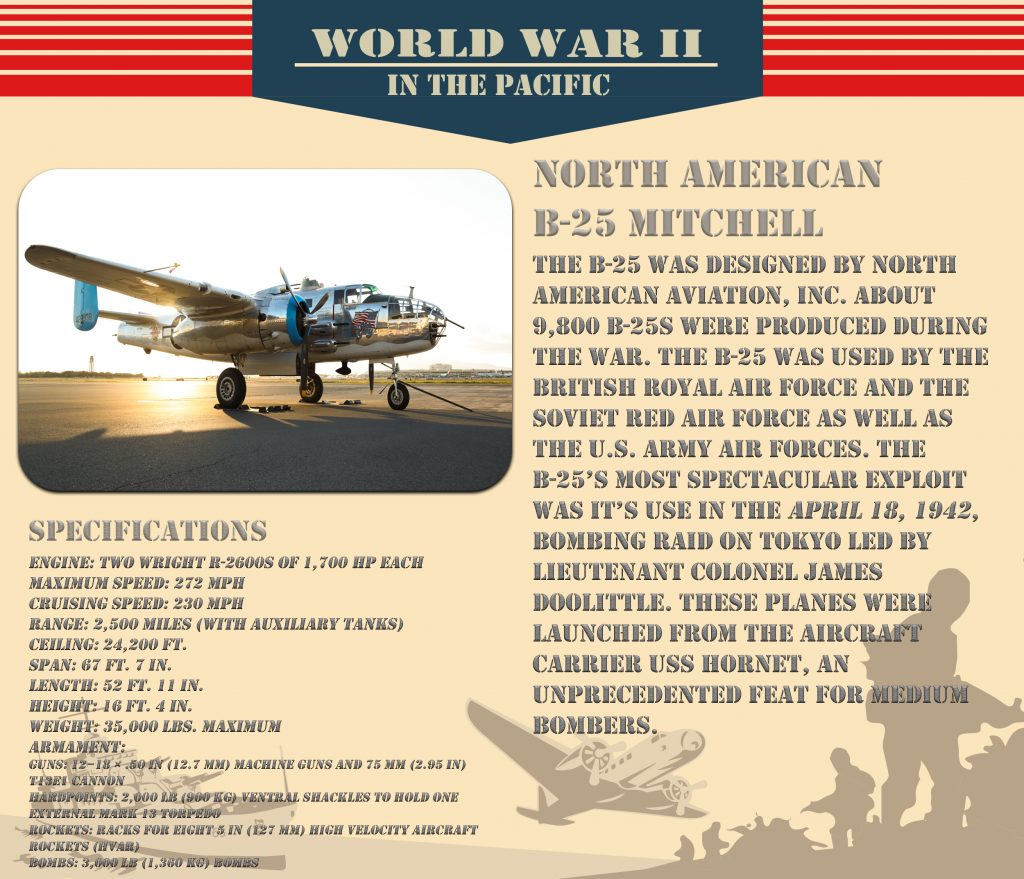
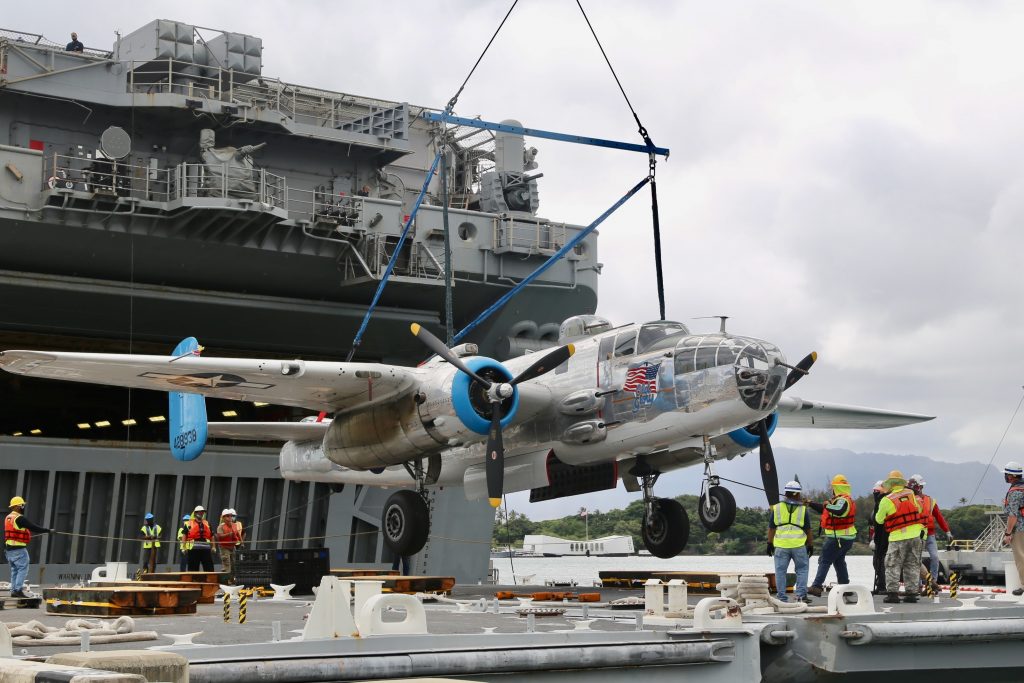
U.S. Navy photo by Shannon Haney, 10AUG2020.
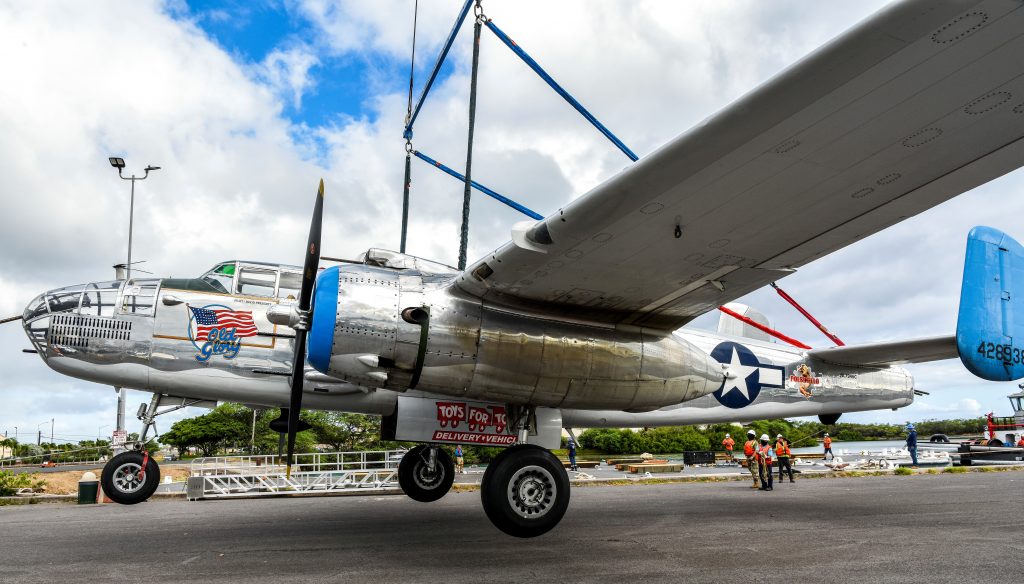
U.S. Air Force photo by Technical Sergeant. Anthony Nelson Junior, 10AUG2020.
The U.S. Army Air Force’s B-25 was the first U.S. aircraft to bomb Japan, flown off the deck of the aircraft carrier USS Hornet-CV 8 (The Doolittle Raid). B-25 off-load video by Petty Officer Second Class Jessica Blackwell:
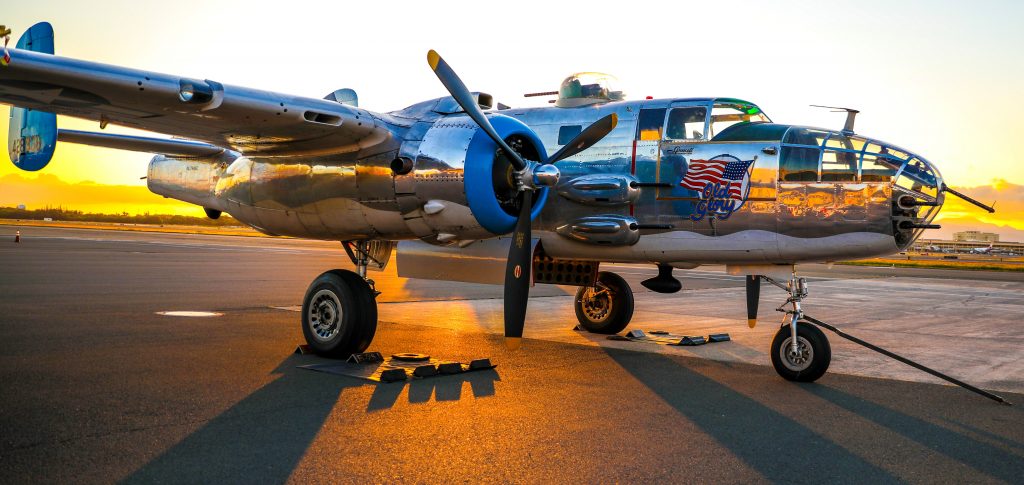
U.S. Army photo by Sergeant Ryan Jenkins, 25AUG2020.
Less than one month later, ‘Old Glory’ crashed in California.
 The F8F Bearcat was developed during the war, but the war ended before it could be used in battle.
The F8F Bearcat was developed during the war, but the war ended before it could be used in battle.


Bearcat load-up, Naval Air Station North Island-San Diego, 26JUL2020. Video by Chief Petty Officer Ace Rheaume:

Video, F8F off-load in Hawaii, 11AUG2020:
 TBM Avenger.
TBM Avenger.
Video, Avenger off-load:


At the end of July a PBY Catalina arrived at Naval Air Station North Island-San Diego. Video by Senior Chief Petty Officer Michael Jones:
Loading a Catalina onboard USS Essex, Naval Air Station North Island-San Diego. Video by Chief Petty Officer Ace Rheaume:

Another PBY arrives at Naval Air Station North Island-San Diego, 29JUL2020, gets hoisted aboard USS Essex.

PBY Catalina in Hawaii, 12AUG2020. Video by Petty Officer Second Class Lexie Perez:

The 75th WW2 Commemoration has been ongoing since May (the end of the war in Europe) and will conclude in September (the end of the war in Pacific).
Here’s a music video explainer edited by Kevin Dawson:
B-25 ¡PANCHITO!
T-6 Texans; the first Airborne Hurricane Hunters
SALVAGING F4U CORSAIRS
HOW TO PAINT YOUR 1:1 SCALE B-17 MEMPHIS BELLE WITH ‘PERIOD CORRECT’ PAINT
 ANOTHER B-1B ‘BONE’ SENT TO THE BONEYARD! IS THE END NEAR?
ANOTHER B-1B ‘BONE’ SENT TO THE BONEYARD! IS THE END NEAR?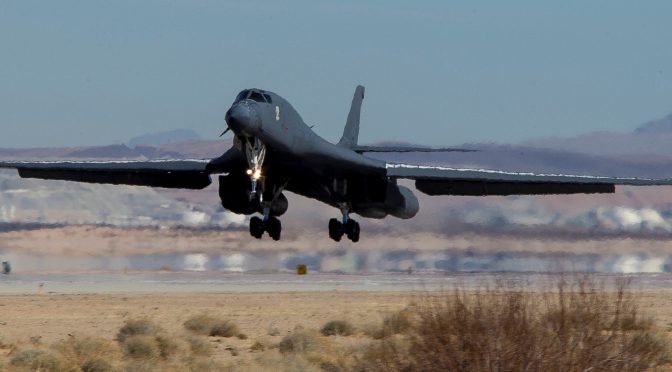

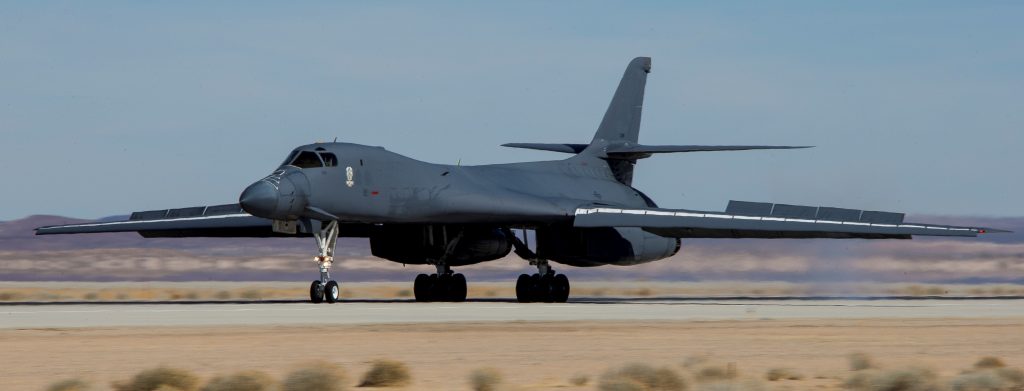
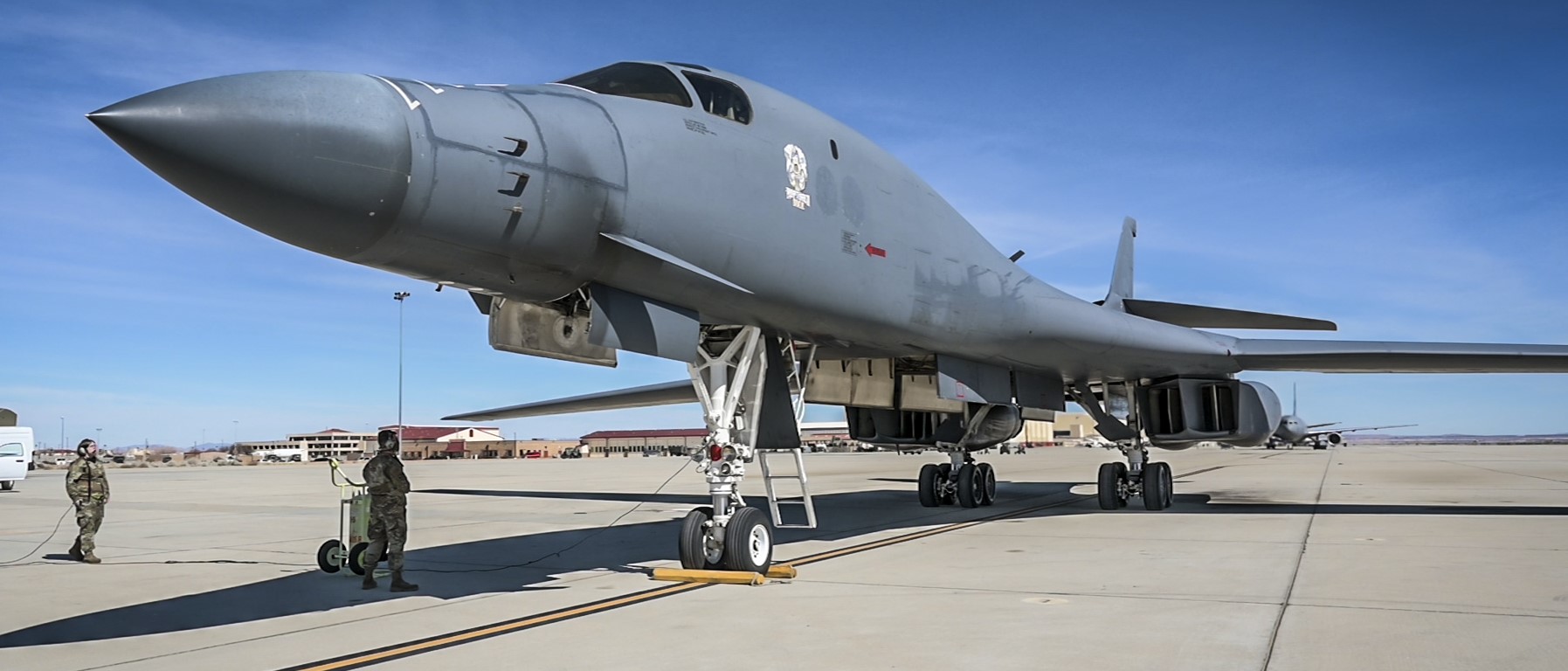
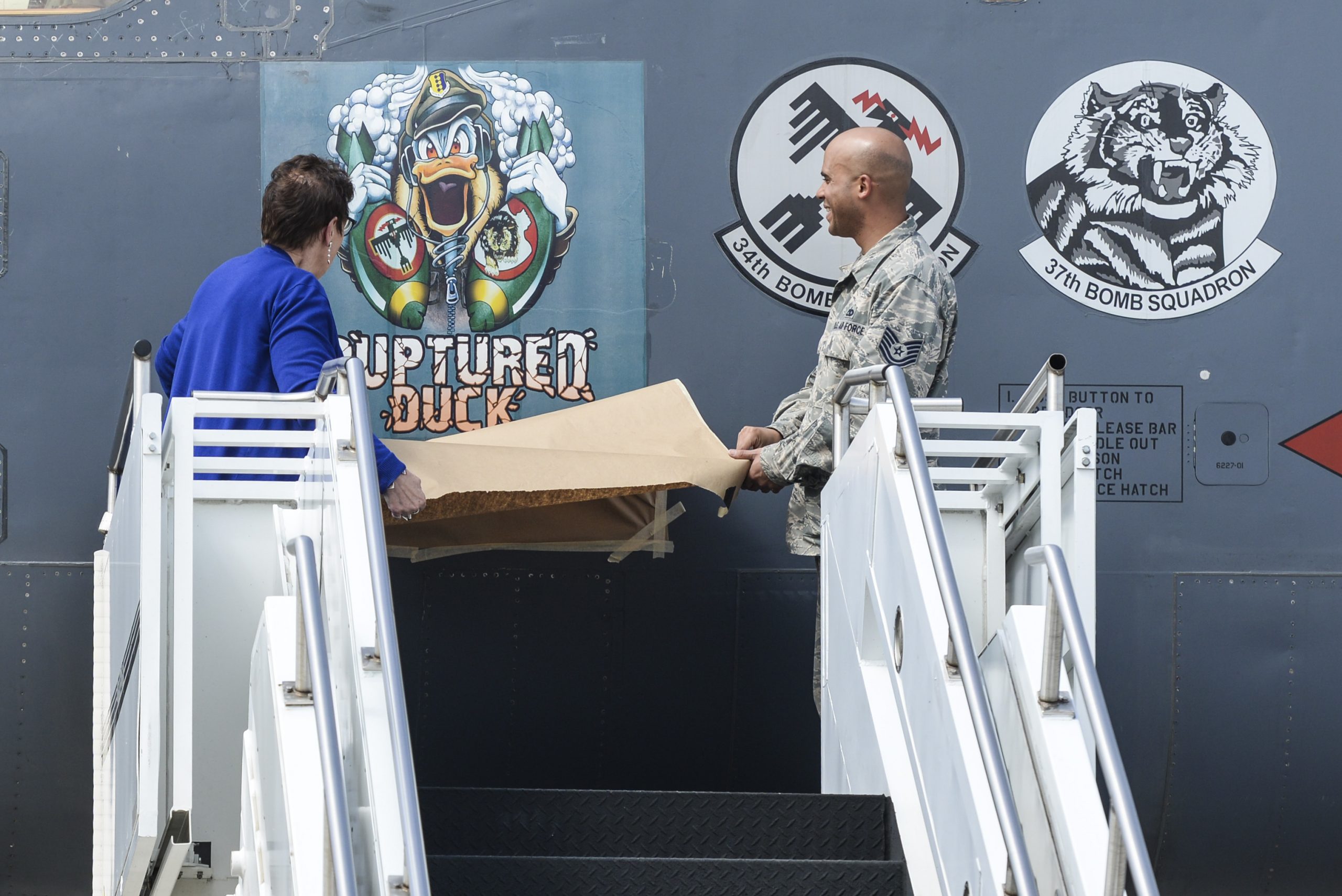
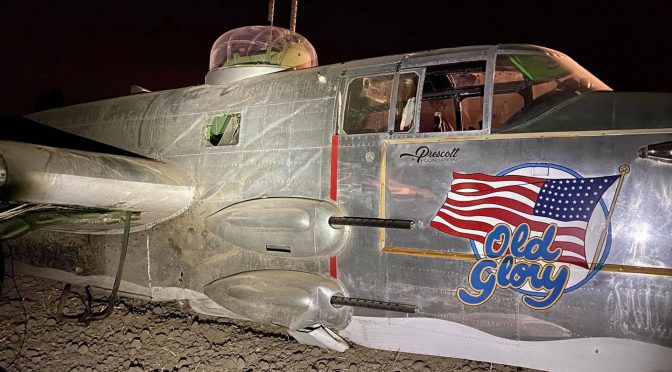

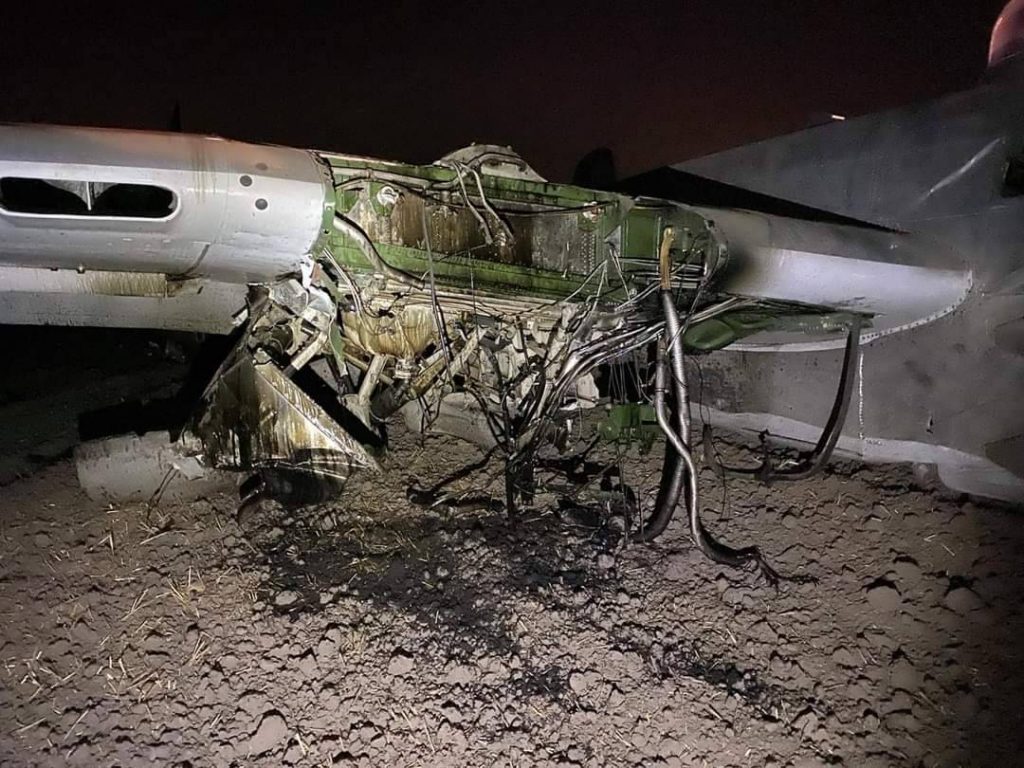
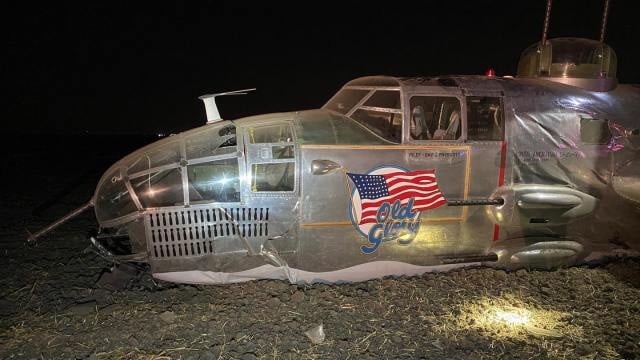
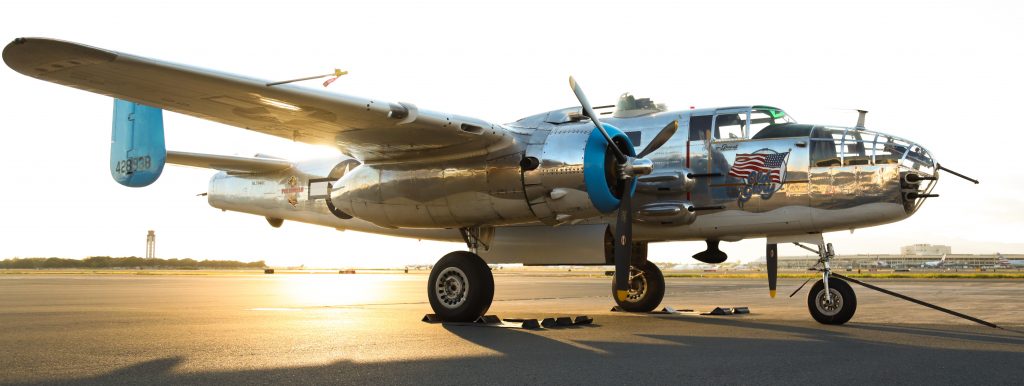
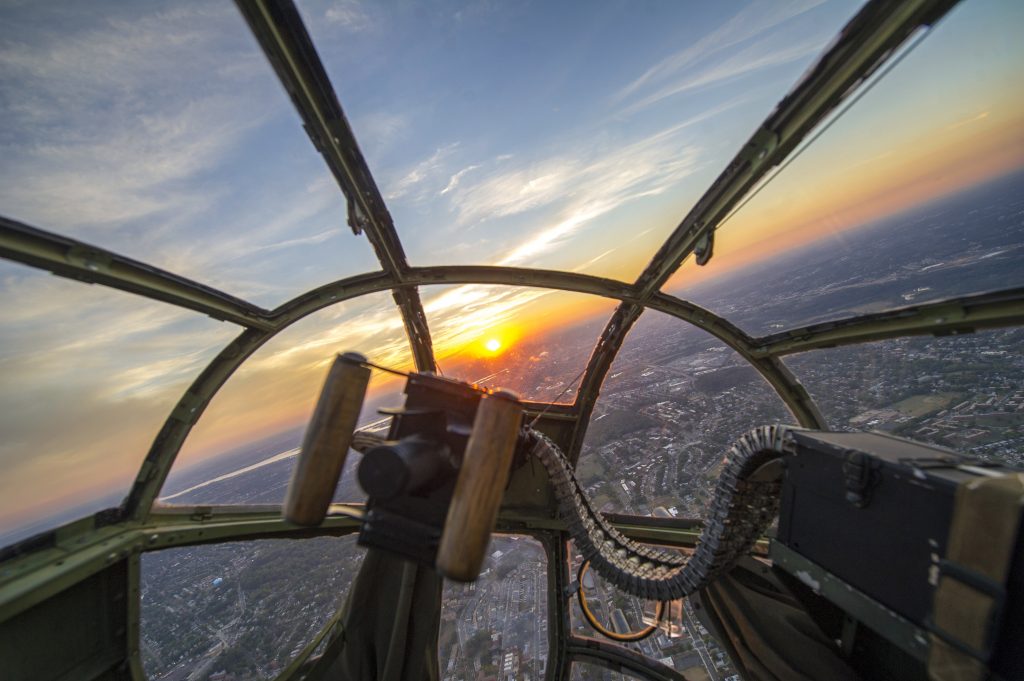
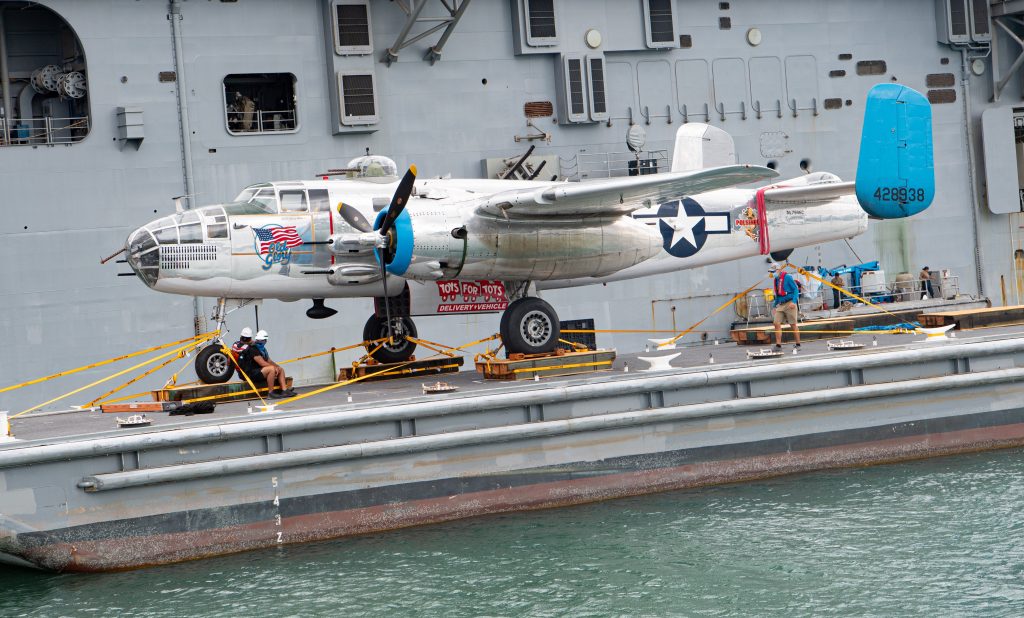
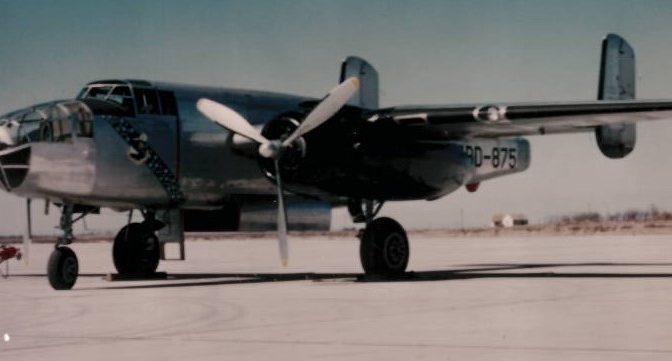
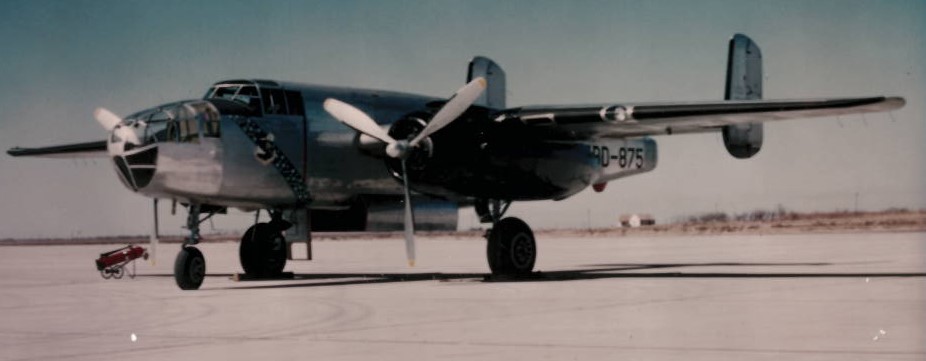
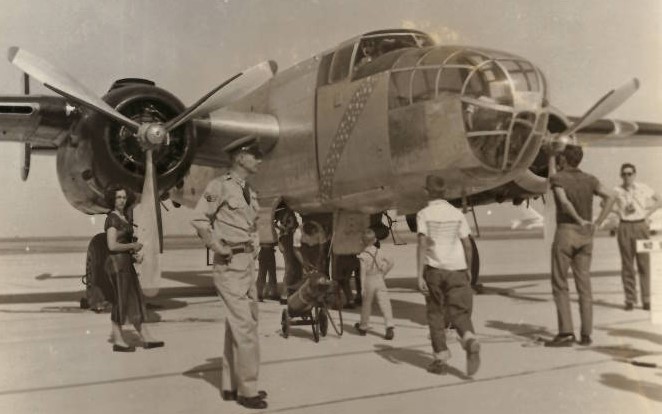
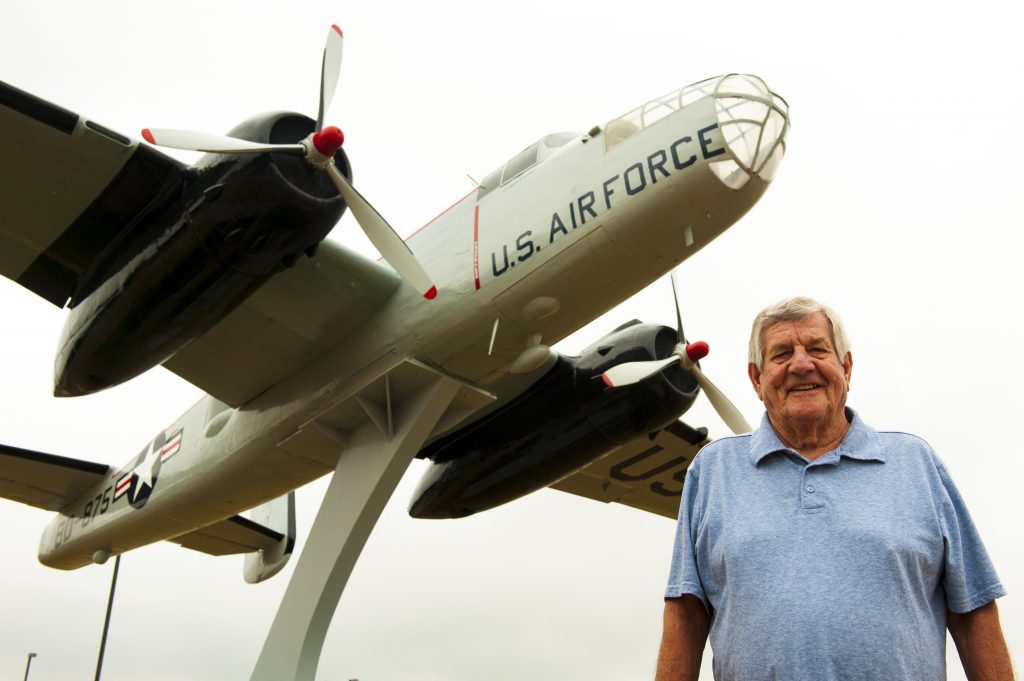
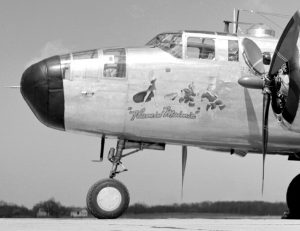
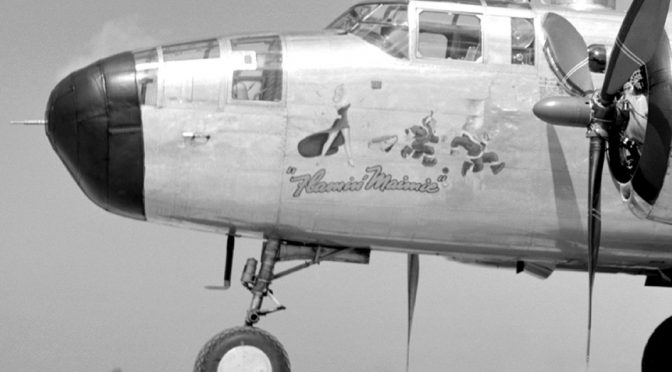
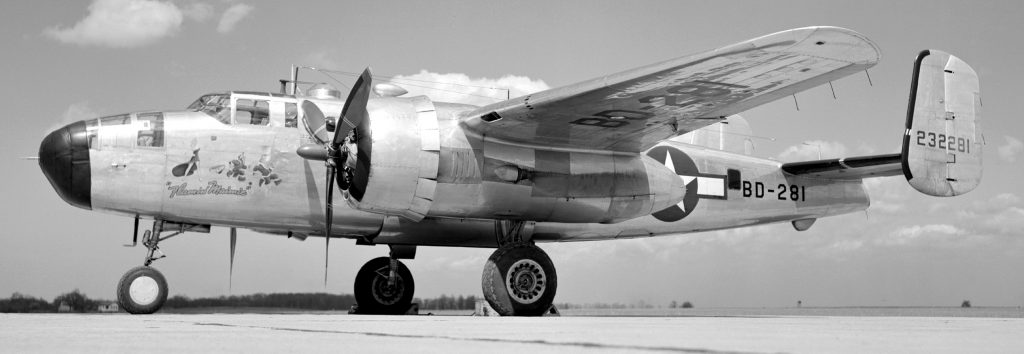
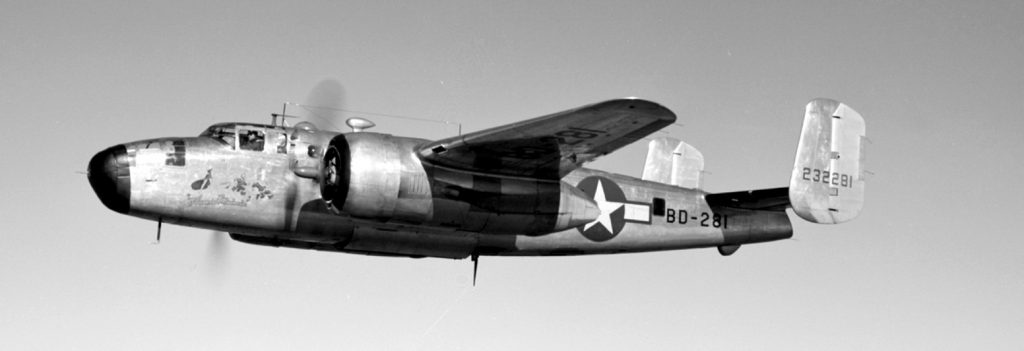
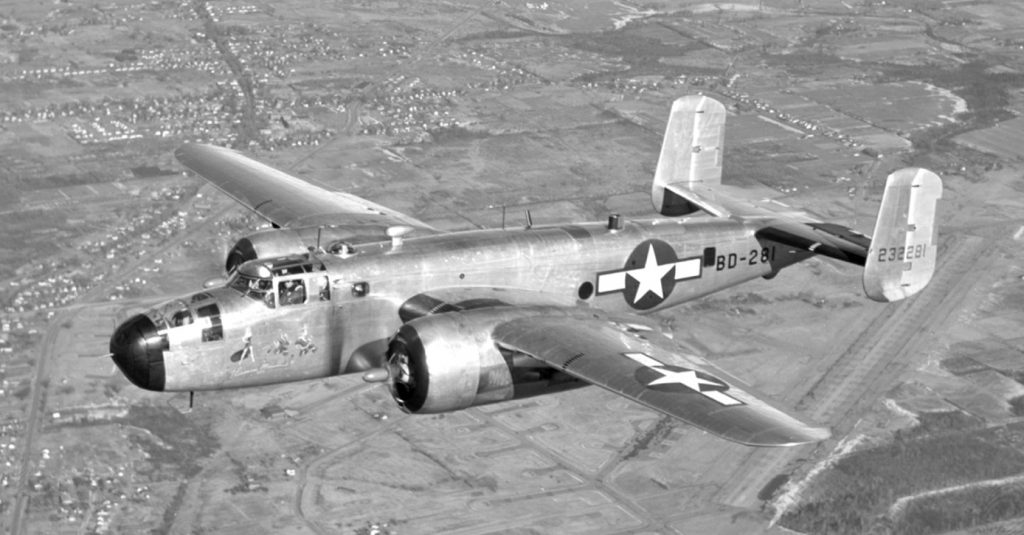
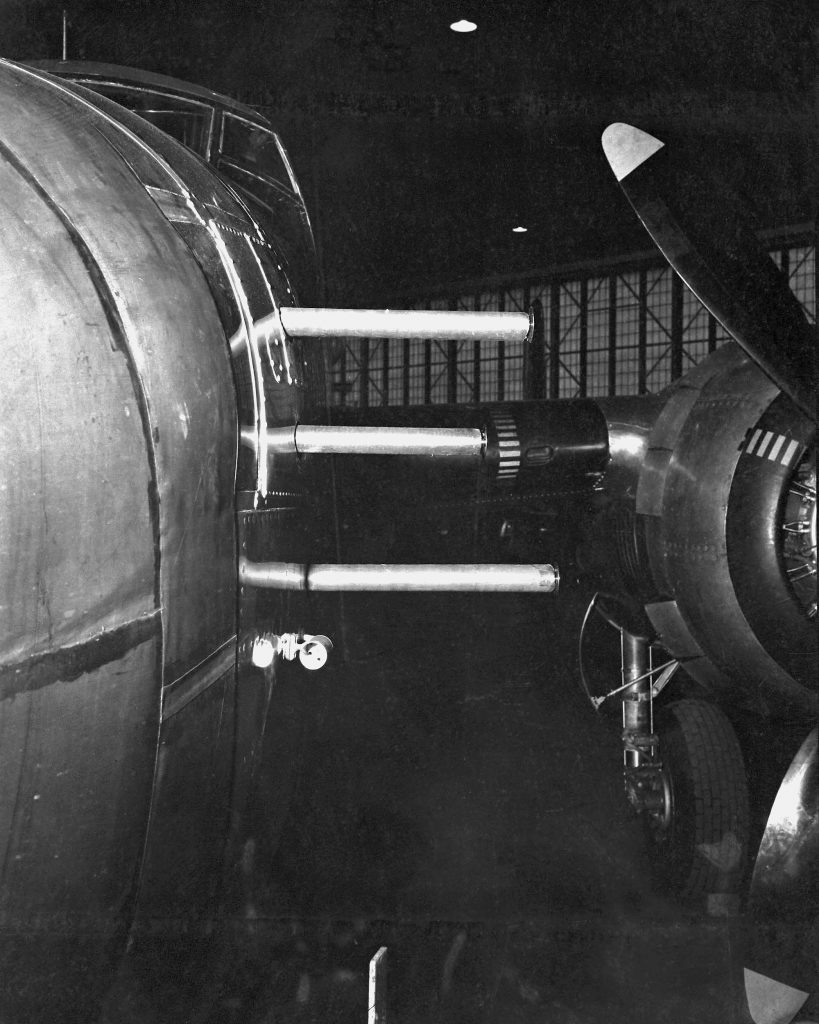
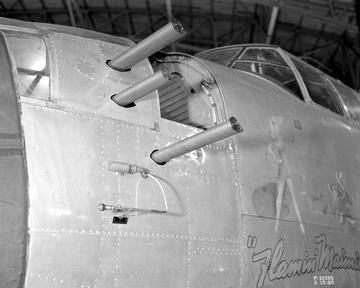
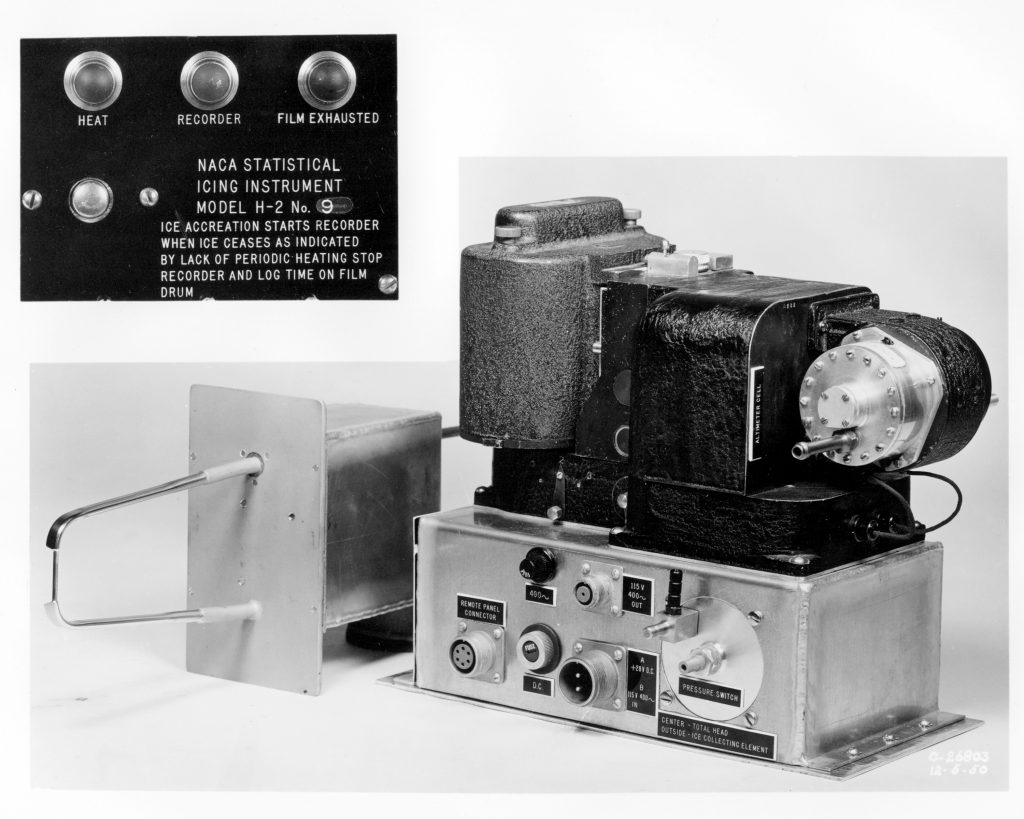
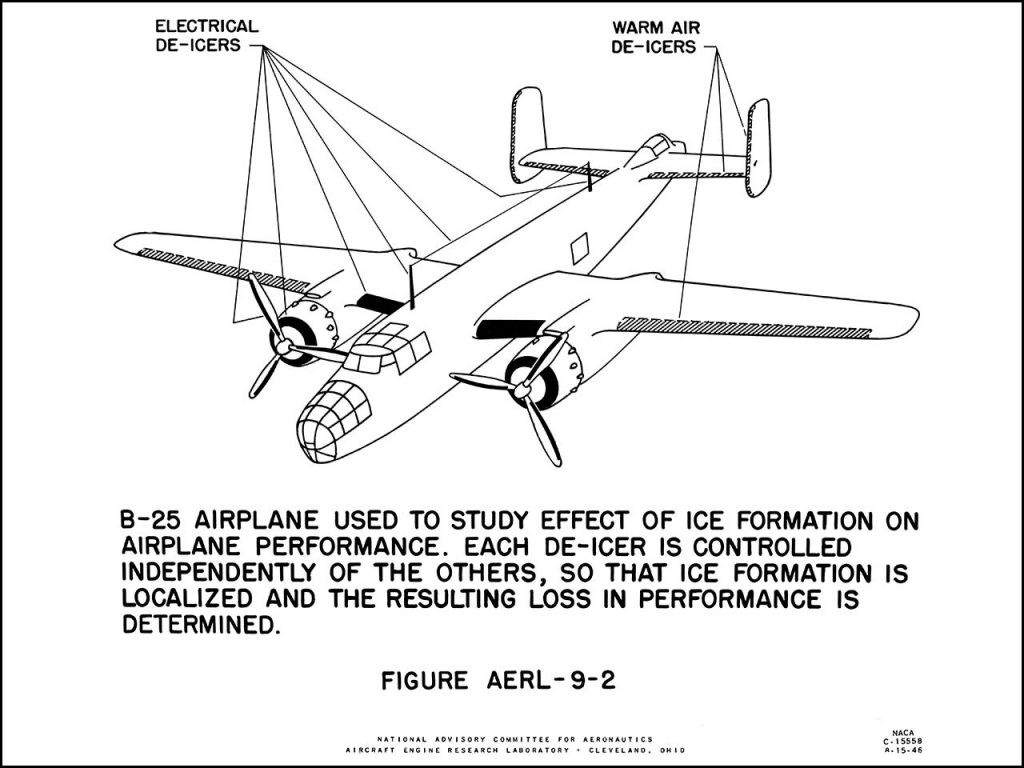
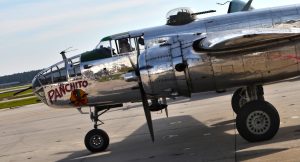
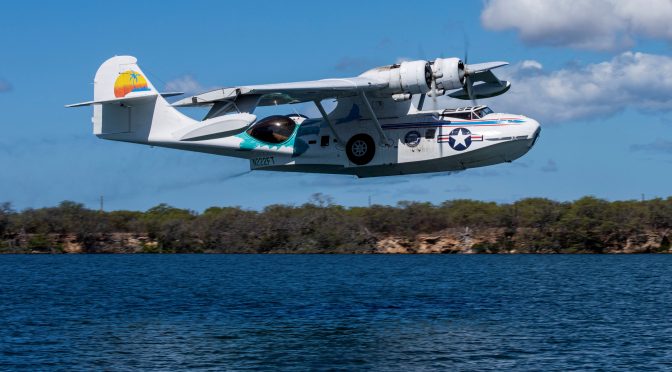

 Most of the airplanes were sailed-in aboard the USS Essex-LHD 2. Video by Petty Officer Second Class Kenneth Rodriguez:
Most of the airplanes were sailed-in aboard the USS Essex-LHD 2. Video by Petty Officer Second Class Kenneth Rodriguez: Some of you might say that the low-wing twin-engined aircraft, parked next to the PBY Catalina, is not from World War Two, and you’re correct. The USS Essex was also delivering a C-12U Huron to the Hawaiian Air National Guard. Hawaii Air National Guard photo by Technical Sergeant Andrew Jackson.
Some of you might say that the low-wing twin-engined aircraft, parked next to the PBY Catalina, is not from World War Two, and you’re correct. The USS Essex was also delivering a C-12U Huron to the Hawaiian Air National Guard. Hawaii Air National Guard photo by Technical Sergeant Andrew Jackson.

 The workhorse U.S. training aircraft of WW2 is the T-6 Texan, known as SNJ in the U.S. Navy/Marines. The aircraft was so successful it was used decades after the war ended, by various countries around the world.
The workhorse U.S. training aircraft of WW2 is the T-6 Texan, known as SNJ in the U.S. Navy/Marines. The aircraft was so successful it was used decades after the war ended, by various countries around the world. This Texan is in U.S. Air Force markings, which is post-WW2 as the USAF was created in September 1947, two years after WW2 ended.
This Texan is in U.S. Air Force markings, which is post-WW2 as the USAF was created in September 1947, two years after WW2 ended.











 The F8F Bearcat was developed during the war, but the war ended before it could be used in battle.
The F8F Bearcat was developed during the war, but the war ended before it could be used in battle.


 TBM Avenger.
TBM Avenger.




